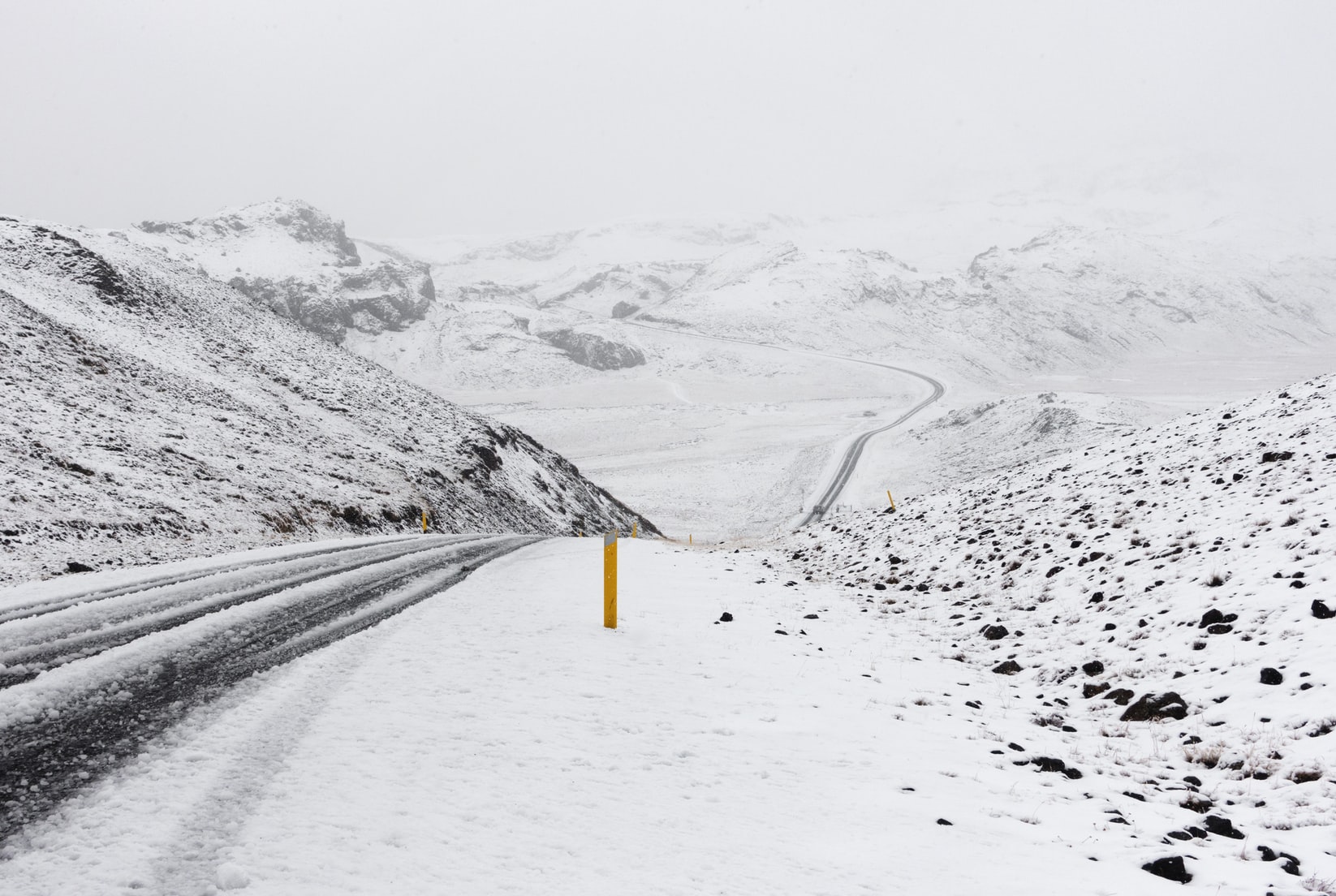Around Iceland in a car
Around Iceland
Loose gravel:
All mountain roads and roads in the interior of Iceland have a surface of loose gravel. The same applies to large sections of the national highway, which also has long stretches of asphalt. The surface on the gravel roads is often loose, especially along the sides of the roads, so one should drive carefully and slow down whenever approaching an oncoming car. The mountain roads are also often very narrow, and are not made for speeding.
The same goes for many bridges, which are only wide enough for one car at a time. In addition to their not having an asphalt surface, the mountain roads are often very winding. Journeys therefore often take longer than might be expected. For information on road conditions: Tel: 354-563-1500, answering service 24 hours, Tel: 800-6316 (In English 1/6-31/8).
The general speed limit:
is 50 km/h in urban areas, 80 km/h on gravel roads in rural areas, and 90 km/h on asphalt roads. Please note: special warning signs indicate danger ahead, such as sharp bends, but there is generally not a separate sign to reduce speed. Please choose a safe speed according to conditions. Motorists are obliged by law to use headlights at all times day and night. In Iceland all driving off roads or marked tracks is forbidden. Passengers in the front and back seats of an automobile are required by law to use safety-belts. Icelandic law forbids any driving under the influence of alcohol.
Filling stations:
In the greater Reykjavík area filling stations are open Mon-Sat 07:30-20:00, Sun 09:00-20:00 (Oct- May 10:00-20:00). Many of the filling stations are open until 23:30. Opening hours around the country, where the pumps are privately operated, can vary from place to place. Most stations are open until late in the evening, to 22:00 or even 23:30. Many stations in the Reykjavík area have automats in operation after closing, which accept 1000 krónur bank notes and credit cards. All filling stations accept credit cards. Automats are also operated in various places around the country. Octane levels in Iceland are 92 regular unleaded, 98 premium leaded and premium unleaded 95.
Opening of the mountain tracks:
Most mountain roads are closed until the beginning of July, or even longer because of wet and muddy conditions which make them totally impassable. When these roads are opened for traffic many of them can only be negotiated by four-wheel-drive vehicles. It is strongly advised that two or more cars travel together. Also, before embarking on any journey into the interior collect as much information as possible regarding road conditions from a travel bureau, tourist information office or the Icelandic Road Administration (ICERA) Tel: +522 1000 or 1777 A booklet called Mountain Roads can be obtained at Tourist Information Centres and the offices of the Icelandic Tourist Board abroad. Always take along a detailed map.
Getting around:
in Iceland is easy during the summer but can be difficult during winter. The domestic airlines provide the only reliable form of transport in the winter when snow and ice prohibit most overland travel. In summer, the airlines have daily flights between Reykjavík and most major destinations. Iceland has no railways and its highway system is the least-developed in Europe. However, Bifreiðastöð Íslands (BSÍ), a collective organization of long-distance bus lines, does a tidy job of covering the country with a feasible, though inconvenient, network. There are also a number of ferry services connecting ports. Car-rental agencies are found in most major towns. With its unsurfaced roads, steep hills and inclement weather, Iceland is hardly a cyclist?s dream. Nevertheless, an increasing number of visitors are trying cycling as a mode of transport, and bikes can be rented in most urban centres, as well as at hotels, hostels and guesthouses. Local transport includes municipal buses, and taxis which can also be hired for sightseeing.

